
Guayaquil: The Vibrant Heart of Ecuador
Discover Guayaquil: Ecuador's largest city with a vibrant mix of history, culture, and nature. Enjoy the waterfront, explore charming neighborhoods, and immerse yourself in local heritage.
Guayaquil, Ecuador's largest city and main port, is a vibrant and bustling destination waiting to be explored. Known for its rich history and modern attractions, this coastal city offers a unique mix of old and new, making it an exciting spot for tourists. The city's waterfront, Malecón 2000, is a popular area to stroll, featuring beautiful gardens, historical monuments, and a variety of dining options. Visitors can enjoy a boat ride on the Guayas River or take in the stunning views from the iconic La Perla Ferris wheel. For those interested in history and culture, Las Peñas neighborhood is a must-visit. This charming area is filled with colorful houses, art galleries, and cafes. Climbing the 444 steps to the top of Santa Ana Hill rewards visitors with panoramic views of the city and a visit to the historic lighthouse and chapel. The city's museums, such as the Museo Antropológico y de Arte Contemporáneo, offer insights into Ecuador's rich cultural heritage. Nature lovers will find plenty to do in Guayaquil as well. The nearby Parque Histórico Guayaquil is a beautiful park that recreates the city's past with restored historical buildings, wildlife exhibits, and lush gardens. For a taste of local wildlife, a visit to the Isla Santay is highly recommended. This island, accessible by a pedestrian bridge, offers walking and biking paths through mangroves and opportunities to spot exotic birds and other wildlife.
Local tips in Guayaquil
- Take a stroll along Malecón 2000 in the evening to enjoy the cooler temperatures and vibrant atmosphere.
- Visit Las Peñas early in the morning or late afternoon to avoid the heat while climbing Santa Ana Hill.
- Try the local seafood dishes, especially ceviche, at one of the many waterfront restaurants.
- Carry water and wear comfortable shoes when exploring the city's parks and historical sites.
- Use a taxi or ride-sharing service to get around the city, as public transportation can be crowded and confusing for tourists.
Neighbourhoods in Guayaquil
Guayaquil: The Vibrant Heart of Ecuador
Guayaquil, Ecuador's largest city and main port, is a vibrant and bustling destination waiting to be explored. Known for its rich history and modern attractions, this coastal city offers a unique mix of old and new, making it an exciting spot for tourists. The city's waterfront, Malecón 2000, is a popular area to stroll, featuring beautiful gardens, historical monuments, and a variety of dining options. Visitors can enjoy a boat ride on the Guayas River or take in the stunning views from the iconic La Perla Ferris wheel. For those interested in history and culture, Las Peñas neighborhood is a must-visit. This charming area is filled with colorful houses, art galleries, and cafes. Climbing the 444 steps to the top of Santa Ana Hill rewards visitors with panoramic views of the city and a visit to the historic lighthouse and chapel. The city's museums, such as the Museo Antropológico y de Arte Contemporáneo, offer insights into Ecuador's rich cultural heritage. Nature lovers will find plenty to do in Guayaquil as well. The nearby Parque Histórico Guayaquil is a beautiful park that recreates the city's past with restored historical buildings, wildlife exhibits, and lush gardens. For a taste of local wildlife, a visit to the Isla Santay is highly recommended. This island, accessible by a pedestrian bridge, offers walking and biking paths through mangroves and opportunities to spot exotic birds and other wildlife.
When is the best time to go to Guayaquil?
Iconic landmarks you can’t miss
Malecon 2000
Discover the beauty of Malecon 2000, a vibrant waterfront promenade in Guayaquil offering stunning views, cultural experiences, and delightful Ecuadorian cuisine.
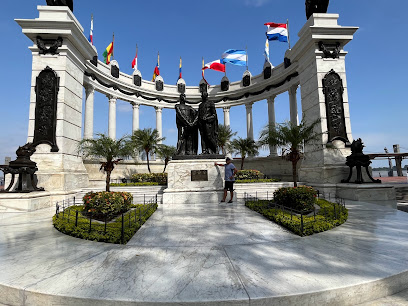
Parque Seminario
Explore the lush beauty and unique wildlife of Parque Seminario, a must-visit urban park in Guayaquil, Ecuador, renowned for its friendly iguanas.
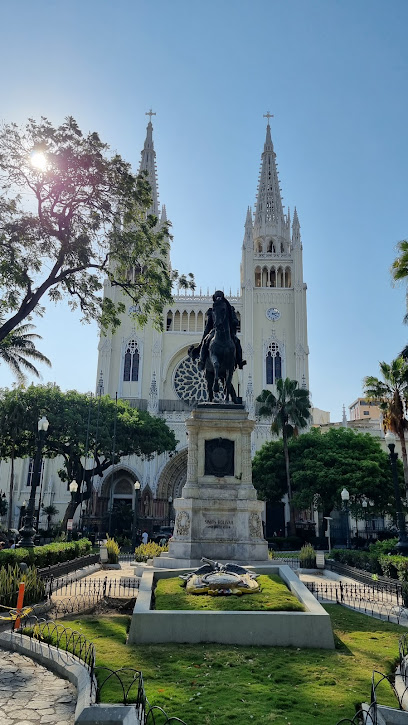
Parque Centenario
Experience the natural beauty and cultural richness of Parque Centenario, a serene urban park in Guayaquil perfect for relaxation and exploration.
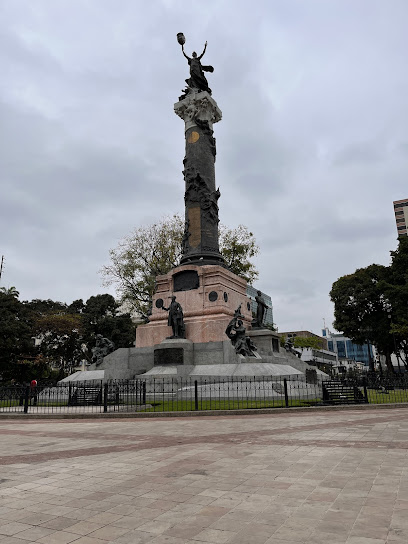
Guayaquil Historical Park
Explore the enchanting Guayaquil Historical Park, where nature meets Ecuadorian heritage through stunning landscapes and cultural experiences.
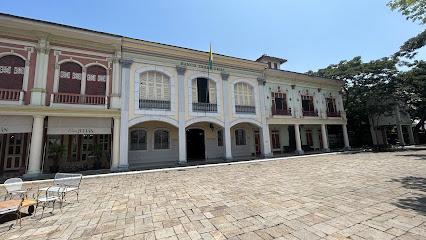
Plaza Guayarte
Discover the vibrant heart of Guayaquil at Plaza Guayarte, a cultural park offering delightful food, activities, and a tranquil escape amidst the city’s hustle.
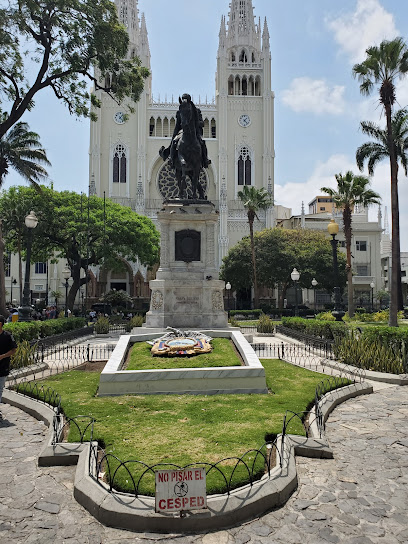
Plaza Rodolfo Baquerizo Moreno
Discover the beauty and culture of Guayaquil at Plaza Rodolfo Baquerizo Moreno, a lively park filled with local charm and history.
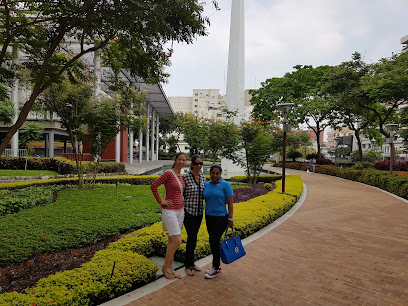
Malecón del Salado
Explore the scenic beauty and vibrant culture of Malecón del Salado, a premier park along the Guayas River in Guayaquil, Ecuador.

Parque Lineal del Estero Salado
Discover the beauty of nature in the heart of Guayaquil at Parque Lineal del Estero Salado, an urban park perfect for relaxation and recreation.
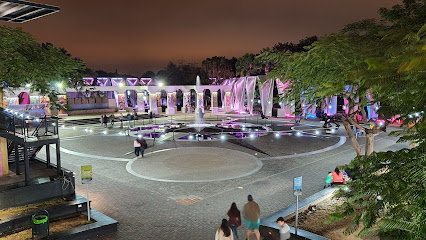
Catedral Católica Metropolitana de Guayaquil
Discover the architectural beauty and historical significance of the Guayaquil Metropolitan Cathedral, a must-see landmark in Ecuador's largest city.
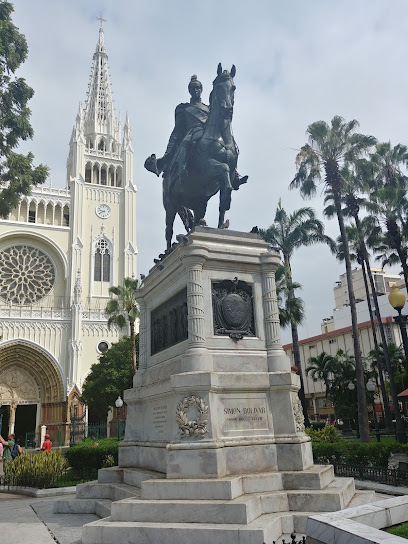
Iglesia de San Francisco
Experience the spiritual and architectural beauty of Iglesia de San Francisco, a must-see Catholic church in Guayaquil, Ecuador.
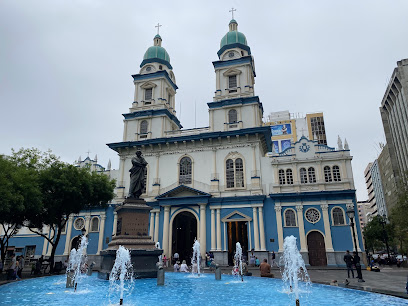
Mirador Cerro Paraiso
Discover the breathtaking views and serene landscapes at Mirador Cerro Paraiso, a must-visit scenic spot in Guayaquil, Ecuador.
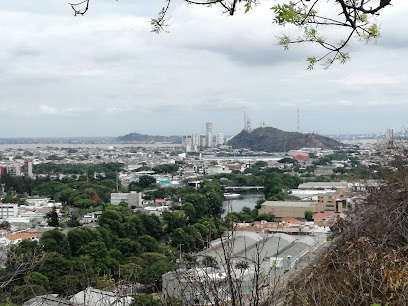
Hemicycle De La Rotonda
Discover the Hemicycle De La Rotonda, a historical landmark in Guayaquil, rich in culture and scenic beauty for all travelers.
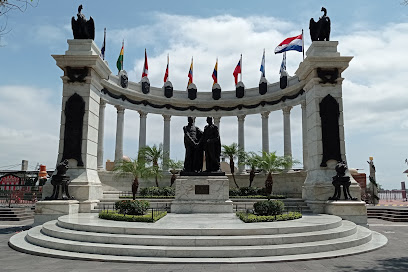
Museo Antropologico y de Arte Contemporaneo
Discover Ecuador's rich cultural heritage through captivating artifacts and contemporary art at Museo Antropológico y de Arte Contemporáneo in Guayaquil.
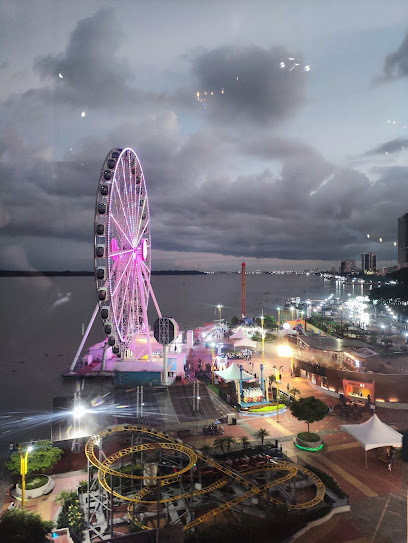
El Museo del Cacao
Explore El Museo del Cacao in Guayaquil, a delightful museum showcasing the rich heritage and flavors of Ecuador's beloved cacao and chocolate.
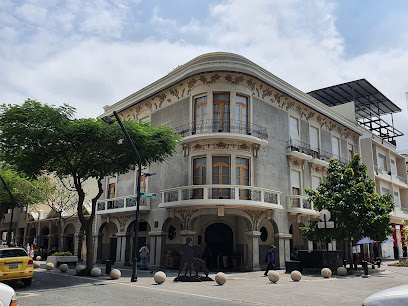
Bosque Seco Protector Cerro Paraiso
Explore the natural beauty of Bosque Seco Protector Cerro Paraiso, a hidden oasis in Guayaquil with stunning views, diverse ecosystems, and serene walking trails.
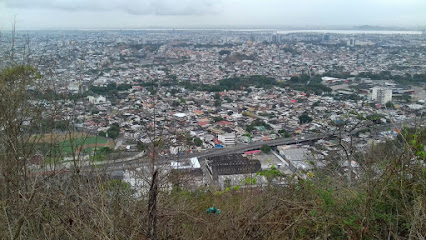
Unmissable attractions to see
Malecon 2000
Discover the vibrant Malecon 2000, a stunning waterfront promenade in Guayaquil offering art, culture, and breathtaking views of the Guayas River.
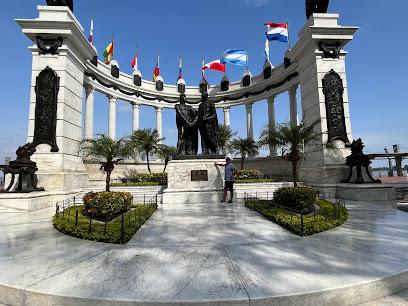
Samanes Park
Discover Samanes Park in Guayaquil: A lush urban escape offering recreation, culture, and scenic beauty for all ages.
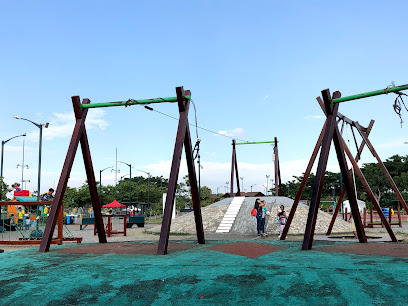
Parque Seminario
Discover the lush green oasis of Parque Seminario in Guayaquil, where friendly iguanas and vibrant flora create a serene urban escape.
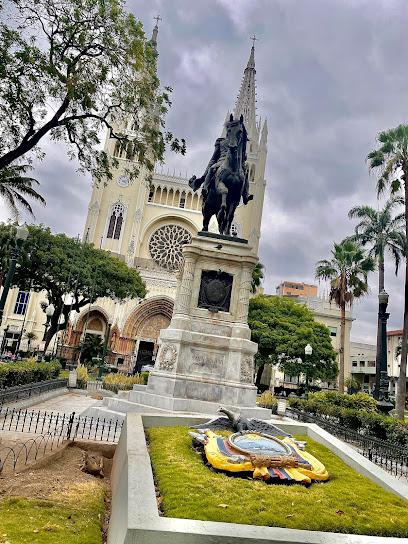
Parque Centenario
Experience the tranquil beauty of Parque Centenario, an urban oasis in Guayaquil perfect for relaxation and family fun.
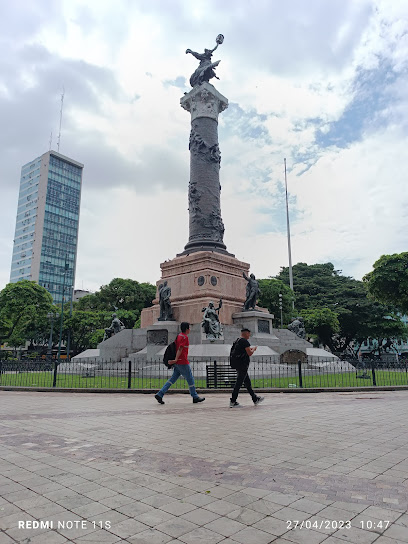
Guayaquil Historical Park
Explore the rich heritage and lush landscapes of Guayaquil Historical Park, an enchanting destination for cultural and nature enthusiasts alike.
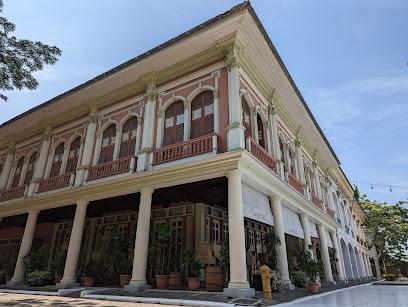
Malecón del Salado
Experience the lively Malecón del Salado in Guayaquil, a stunning waterfront promenade filled with culture, cuisine, and scenic views perfect for every traveler.
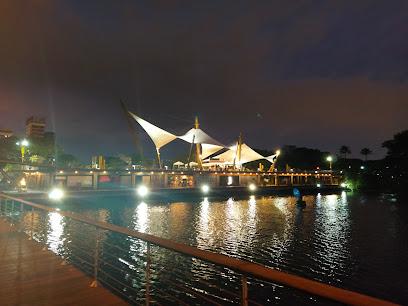
Plaza Rodolfo Baquerizo Moreno
Discover the heart of Guayaquil at Plaza Rodolfo Baquerizo Moreno, a vibrant park full of culture, art, and local charm.

Parque Lineal del Estero Salado
Explore the beauty of Parque Lineal del Estero Salado, an urban paradise in Guayaquil filled with lush greenery, scenic views, and outdoor activities.
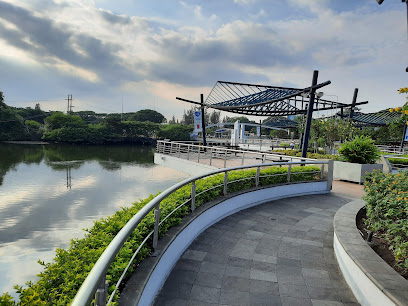
Catedral Católica Metropolitana de Guayaquil
Discover the breathtaking beauty and rich history of the Catedral Católica Metropolitana de Guayaquil, a spiritual and architectural gem in Ecuador.
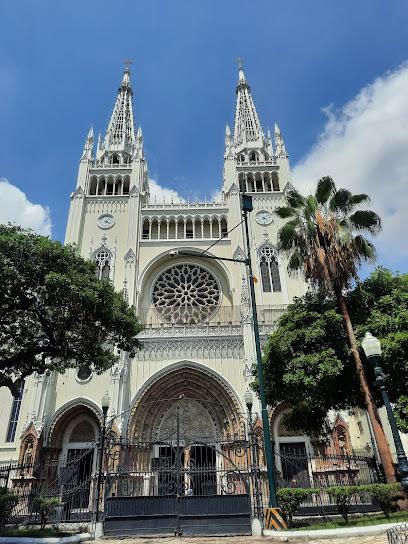
Hemicicle De La Rotonda
Discover the Hemicicle De La Rotonda in Guayaquil, Ecuador: a stunning historical landmark celebrating the nation's heritage and offering beautiful river views.
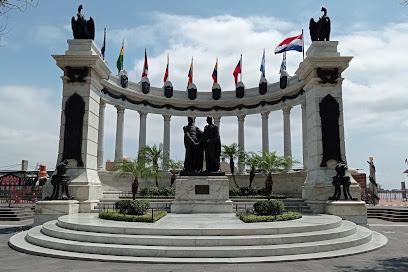
Reserva Ecológica Manglar Churute
Experience the breathtaking biodiversity and serene beauty of Manglar Churute Ecological Reserve in Ecuador, a true nature lover's paradise.
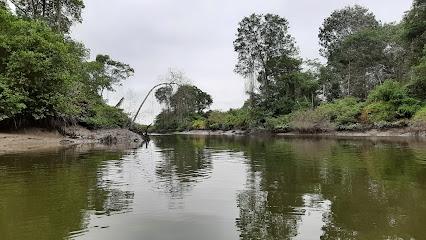
Urdesa Park
Discover Urdesa Park in Guayaquil, a serene urban oasis perfect for relaxation, recreation, and cultural experiences amidst lush greenery.
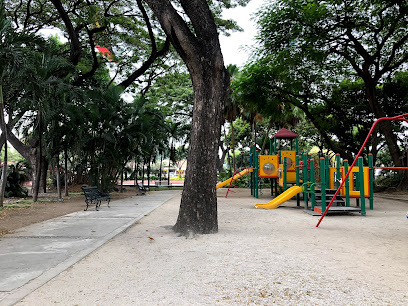
Museo Antropologico y de Arte Contemporaneo
Explore the Museo Antropologico y de Arte Contemporaneo for a captivating journey through Ecuador's art and history.
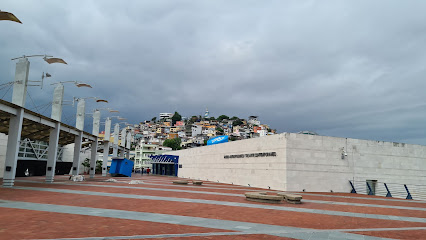
Guayaquil Municipal Museum
Explore the artistic and historical treasures of Ecuador at the Guayaquil Municipal Museum, a cultural gem in Pedro Carbo.
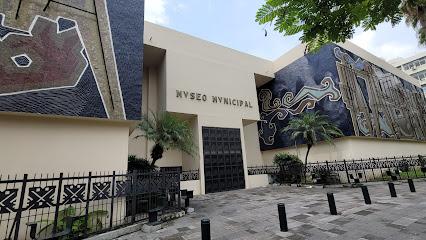
Bosque Protector Cerro Blanco
Explore the lush landscapes and rich biodiversity of Bosque Protector Cerro Blanco, a tranquil escape for nature lovers and bird watchers near Guayaquil, Ecuador.
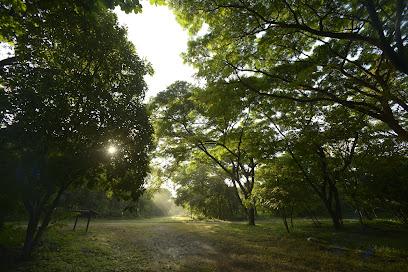
Essential places to dine
Marrecife
Discover the essence of Ecuadorian cuisine at Marrecife—where every dish tells a story and fresh flavors await your palate.
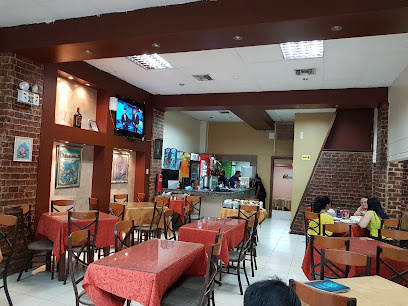
Casa Julián
Experience exquisite Ecuadorian cuisine at Casa Julián, where tradition meets innovation along the scenic Río Guayas.
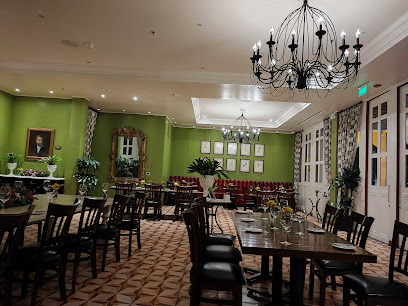
Restaurante Lo Nuestro
Discover authentic Ecuadorian cuisine at Restaurante Lo Nuestro in Guayaquil—where every dish tells a story.
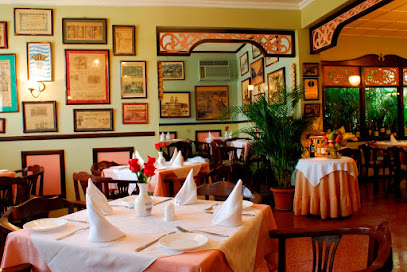
Restaurante Chavela
Experience authentic Ecuadorian cuisine at Restaurante Chavela in Guayaquil - where every dish tells a story.
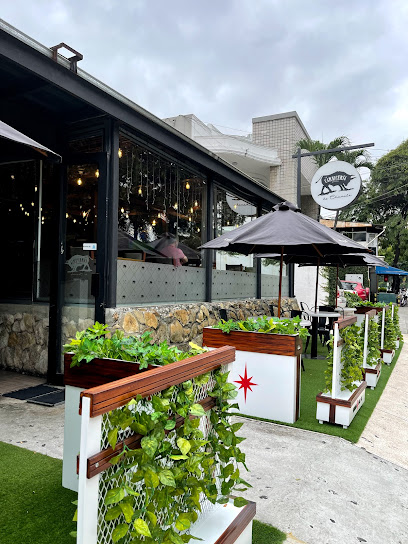
Mercado del Río
Explore the flavors of Ecuador at Mercado del Río - Guayaquil's vibrant food market offering diverse culinary delights by the riverside.
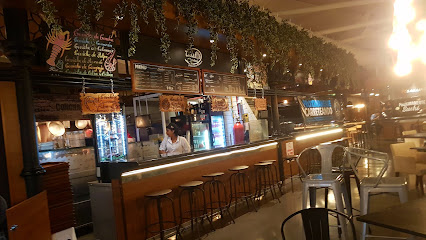
Picanteria la Culata
Experience authentic Ecuadorian cuisine at Picanteria la Culata in Guayaquil—where flavor meets tradition.
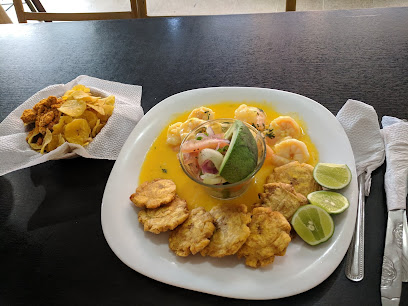
Restaurante Riviera en Guayaquil
Experience authentic Ecuadorian cuisine at Restaurante Riviera in Guayaquil - where flavor meets tradition in a vibrant setting.
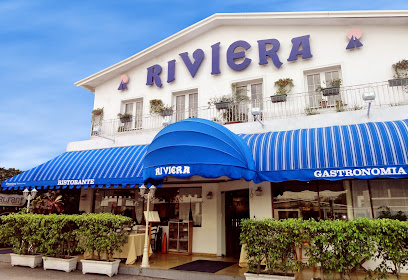
Red Crab
Discover Red Crab in Guayaquil - an exquisite seafood restaurant offering fresh flavors and an unforgettable dining experience.

El Jardin Restaurant
Discover the flavors of Ecuador at El Jardin Restaurant in Guayaquil—where tradition meets taste in every delightful dish.
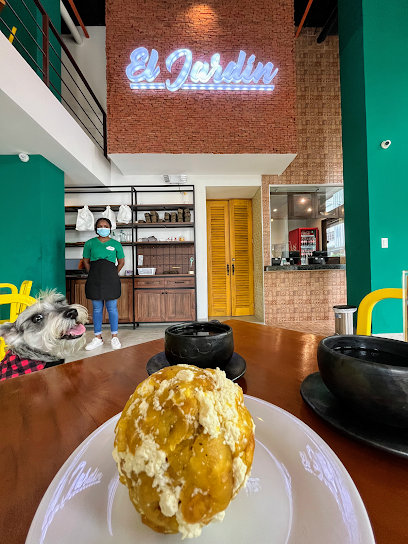
El Malecón Restaurant
Experience authentic Ecuadorian cuisine at El Malecón Restaurant in Guayaquil, where stunning waterfront views meet delectable flavors.
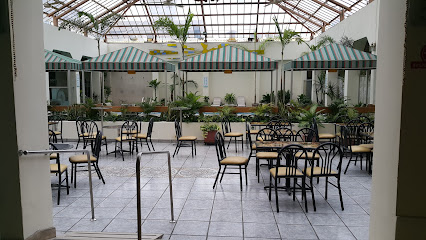
Mikka
Experience the ultimate culinary fusion at Mikka in Samborondón - where Japanese flavors meet local artistry for an unforgettable dining adventure.
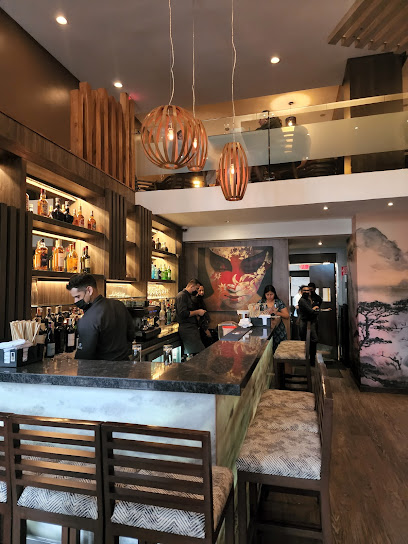
PORTO Resto Bar
Discover culinary excellence at PORTO Resto Bar - where delicious food meets vibrant nightlife in Guayaquil's picturesque waterfront.
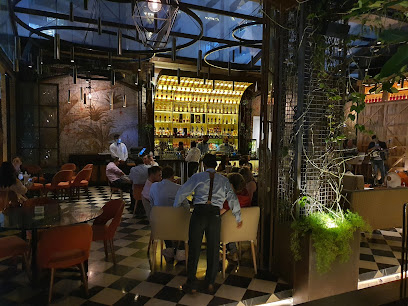
Mesón Andaluz
Savor authentic Spanish cuisine at Mesón Andaluz in Guayaquil - where every dish tells a story of flavor and tradition.
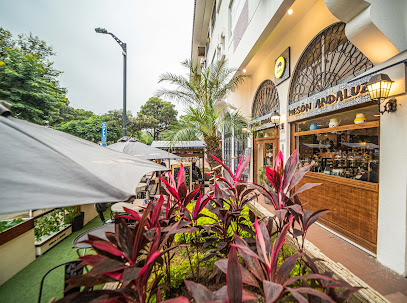
Restaurante La Pepa de Oro
Experience authentic Ecuadorian cuisine at Restaurante La Pepa de Oro in Guayaquil – a culinary adventure awaits you!
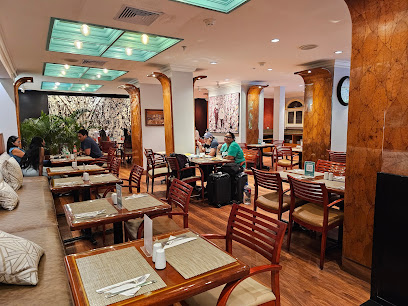
La casa Di Carlo
Discover La Casa Di Carlo: Guayaquil's premier destination for authentic Italian cuisine amidst warm hospitality and inviting ambiance.
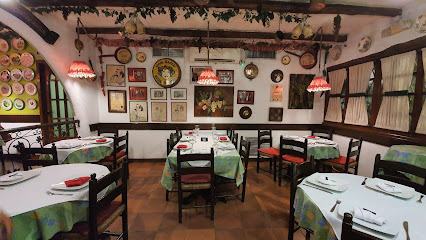
Markets, malls and hidden boutiques
Mall del Sol
Experience the best of shopping, dining, and entertainment at Mall del Sol in Guayaquil, Ecuador - a vibrant destination for every traveler.
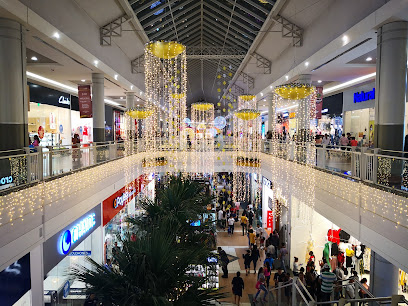
San Marino Shopping
Explore San Marino Shopping in Guayaquil: Your ultimate destination for shopping, dining, and entertainment in Ecuador's vibrant city.
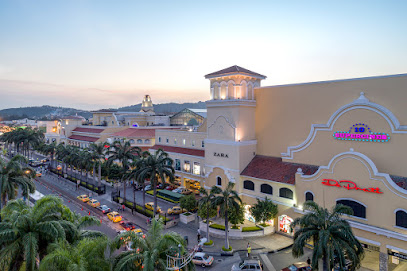
Artisanal Market of Guayaquil
Explore the Artisanal Market of Guayaquil for a vibrant experience filled with local crafts, authentic cuisine, and rich cultural heritage.
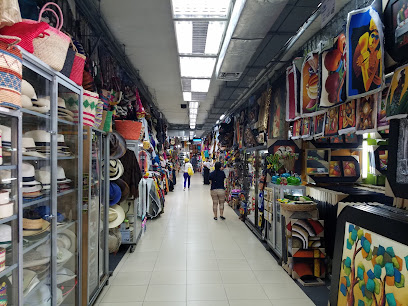
El Duende Smoke Shop
Discover El Duende Smoke Shop in Guayaquil, your one-stop destination for premium tobacco products and a welcoming atmosphere.
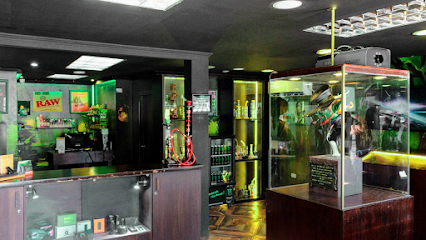
Britt Shop Ecuador
Explore Britt Shop Ecuador at Guayaquil Airport for unique gifts, local crafts, and savories that capture the essence of Ecuador.

Hallyu Store
Explore the vibrant world of K-Pop at Hallyu Store, Guayaquil’s ultimate boutique for South Korean culture and music enthusiasts.
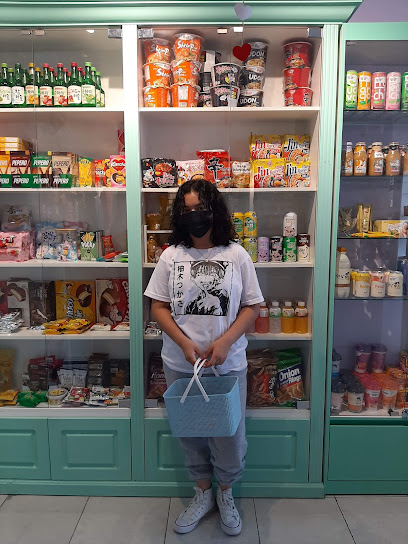
Yurio Boutique
Discover unique fashion at Yurio Boutique, a stylish dress store in Guayaquil, where local charm meets contemporary design.

BOUTIQUE BOULEVARD
Discover Boutique Boulevard in Guayaquil: your ultimate shopping and dining destination blending local flair with global brands.

Wonderthings Ecuador
Discover unique gifts, toys, and paper goods at Wonderthings Ecuador, the charming gift shop in Guayaquil that captures the spirit of local craftsmanship.
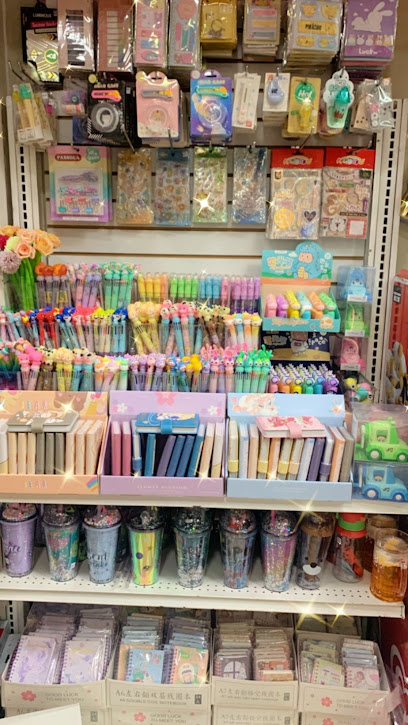
Fashion Shein
Explore unique pre-loved fashion at Fashion Shein in Guayaquil, where sustainability meets style for the eco-conscious traveler.
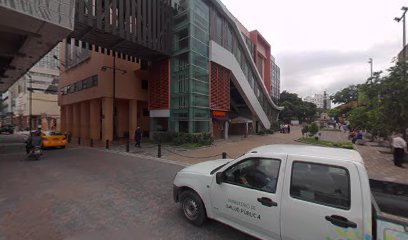
Ecuador city Guayaquil
Explore the vibrant gift shops of Guayaquil, Ecuador, where local craftsmanship meets unique souvenirs, perfect for every traveler.

Amai Market
Explore Amai Market in Guayaquil for authentic Ecuadorian gifts and souvenirs, showcasing the rich artistry and culture of the region.
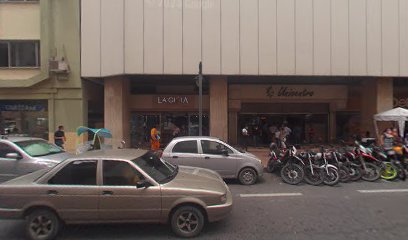
Importadora Gladys
Explore Importadora Gladys in Guayaquil for unique gifts and souvenirs that celebrate Ecuador's rich culture and craftsmanship.

OneStop
Explore OneStop in Guayaquil's Mall Del Sur for trendy clothing and a vibrant shopping experience that reflects the local culture and style.

.
Explore the world of cutlery at this unique consumer advice center, offering expert guidance and a vast selection of culinary tools for all cooking enthusiasts.
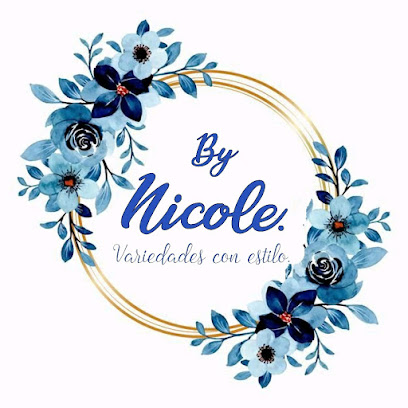
Essential bars & hidden hideouts
El Colonial
Experience the vibrant nightlife of Guayaquil at El Colonial, where great food, refreshing drinks, and lively music come together.
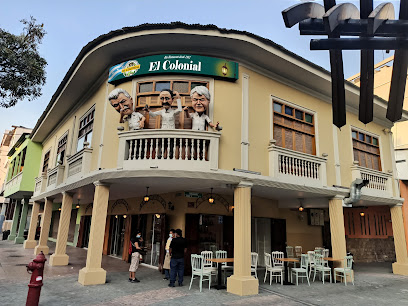
Golden Prague Pub - Urdesa
Experience the vibrant fusion of Czech cuisine and Guayaquil's lively atmosphere at Golden Prague Pub, your go-to destination for authentic flavors.
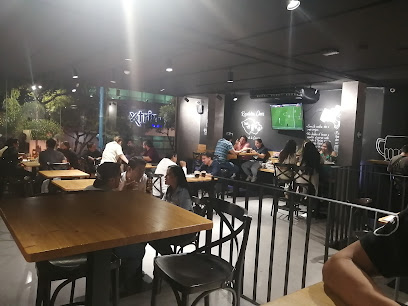
PORTO Resto Bar
Discover the vibrant culinary scene at PORTO Resto Bar, a premier gastropub in Guayaquil offering local flavors and a lively nightlife experience.
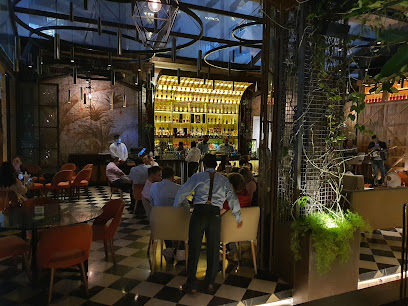
Cafe Habano Bar Diva Nicotina
Discover the vibrant nightlife of Guayaquil at Cafe Habano Bar Diva Nicotina, where fine cigars and creative cocktails meet live music and culture.
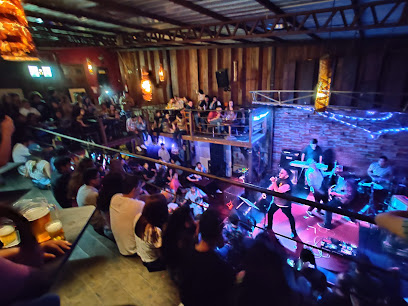
Krugerock Bar
Experience the vibrant flavors of Ecuador at Krugerock Bar, where delicious grill dishes meet a lively atmosphere, perfect for any traveler.
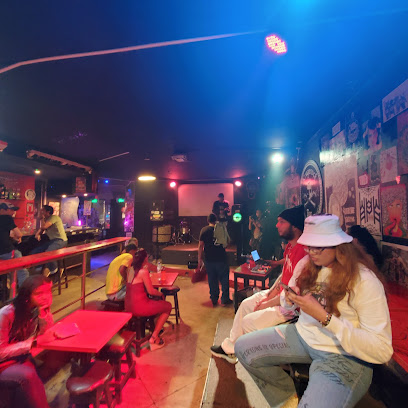
Revolver Bar
Discover the vibrant nightlife at Revolver Bar, a must-visit spot in Guayaquil for cocktails, music, and a lively atmosphere.
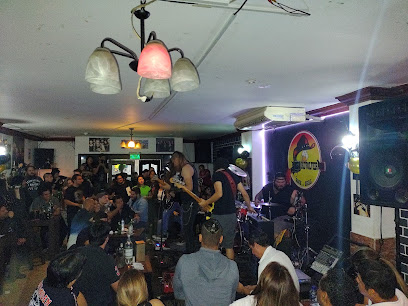
Red Lion | Bar en Guayaquil
Discover Guayaquil's nightlife at Red Lion: a vibrant grill and bar offering tapas, drinks, and a lively atmosphere perfect for socializing.
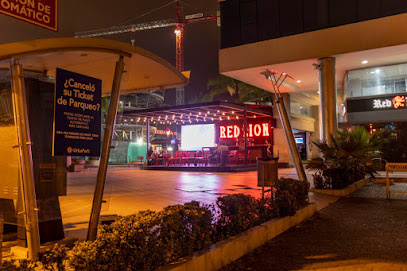
Planta Baja Bar
Discover the lively Planta Baja Bar in Guayaquil, where vibrant cocktails and a friendly atmosphere await every visitor.
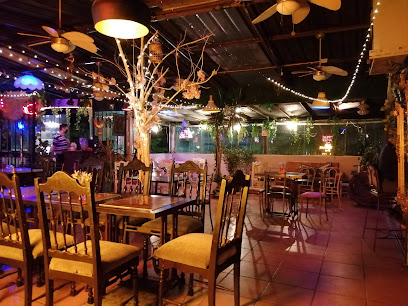
SantoBar
Discover the vibrant nightlife of Guayaquil at SantoBar, where local culture meets an exciting bar experience.
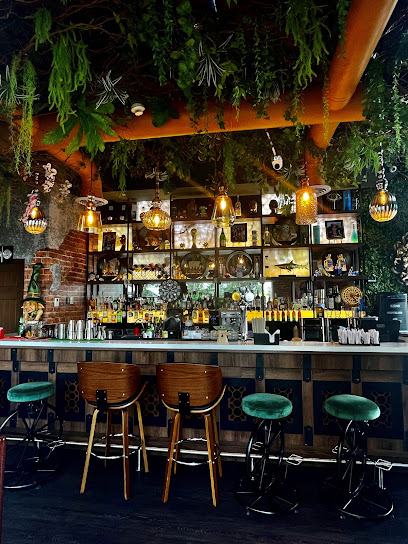
Juliana
Discover Juliana Bar in Guayaquil - a lively hotspot for cocktails, music, and unforgettable nightlife experiences.
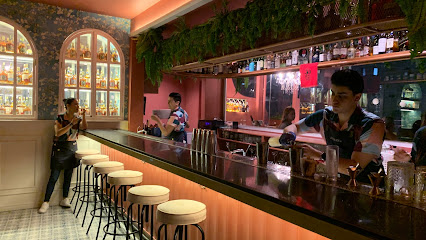
Monet Art Bar
Discover the artistic and musical heartbeat of Guayaquil at Monet Art Bar, where creativity and nightlife collide for an unforgettable experience.
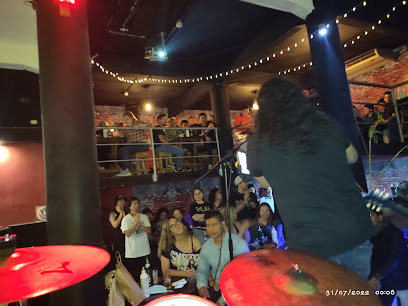
Lola Sky
Experience the vibrant nightlife of Guayaquil at Lola Sky, where stunning views and creative cocktails await every visitor.

Bar buccaneer
Discover the vibrant nightlife of Guayaquil at Bar Buccaneer, where expertly crafted cocktails and a lively atmosphere await.

Balcón del Río Bar
Experience the vibrant nightlife of Guayaquil at Balcón del Río Bar – a grill haven with stunning river views.

NEW YORK Coffee & Drinks
Discover the cozy charm of NEW YORK Coffee & Drinks in Guayaquil, where exceptional beverages meet a vibrant atmosphere.

Local Phrases
-
- HelloHola
[OH-lah] - GoodbyeAdiós
[ah-DYOHSS] - YesSí
[SEE] - NoNo
[NOH] - Please/You're welcomePor favor/De nada
[pohr fah-VOHR/deh NAH-dah] - Thank youGracias
[GRAH-syahss] - Excuse me/SorryDisculpe/Perdón
[dees-KOOL-peh/pehr-DOHN] - How are you?¿Cómo estás?
[KOH-moh ehs-TAHS] - Fine. And you?Bien. ¿Y tú?
[BYEHN. ee too] - Do you speak English?¿Hablas inglés?
[AH-blahss een-GLEHS] - I don't understandNo entiendo
[NOH ehn-TYEHN-doh]
- HelloHola
-
- I'd like to see the menu, pleaseMe gustaría ver el menú, por favor
[meh goo-stah-REE-ah behr ehl MEH-noo, pohr fah-VOHR] - I don't eat meatNo como carne
[NOH KOH-moh KAR-neh] - Cheers!¡Salud!
[sah-LOOD] - I would like to pay, pleaseMe gustaría pagar, por favor
[meh goo-stah-REE-ah pah-GAHR, pohr fah-VOHR]
- I'd like to see the menu, pleaseMe gustaría ver el menú, por favor
-
- Help!¡Ayuda!
[ah-YOO-dah] - Go away!¡Vete!
[VEH-teh] - Call the Police!¡Llame a la Policía!
[YA-meh ah lah poh-LEE-see-ah] - Call a doctor!¡Llame a un médico!
[YA-meh ah oon MEH-dee-koh] - I'm lostEstoy perdido
[ehs-TOY pehr-DEE-doh] - I'm illEstoy enfermo
[ehs-TOY ehn-FAIR-moh]
- Help!¡Ayuda!
-
- I'd like to buy...Me gustaría comprar...
[meh goo-stah-REE-ah kohm-PRAR] - I'm just lookingSolo estoy mirando
[SOH-loh ehs-TOY mee-RAHN-doh] - How much is it?¿Cuánto cuesta?
[KWAHN-toh KWEHS-tah] - That's too expensiveEso es demasiado caro
[EH-soh ehs deh-mah-SEE-ah-doh KAH-roh] - Can you lower the price?¿Puede bajar el precio?
[PWEH-deh BAH-hahr ehl PREE-syoh]
- I'd like to buy...Me gustaría comprar...
-
- What time is it?¿Qué hora es?
[keh OH-rah ehs] - It's one o'clockEs la una
[ehs lah OO-nah] - Half past (10)Las diez y media
[lahs dyehs ee MEH-dee-ah] - MorningMañana
[mah-NYAH-nah] - AfternoonTarde
[TAHR-deh] - EveningNoche
[NOH-cheh] - YesterdayAyer
[ah-YEHR] - TodayHoy
[HOY] - TomorrowMañana
[mah-NYAH-nah] - 1Uno
[OO-noh] - 2Dos
[dohss] - 3Tres
[trehss] - 4Cuatro
[KWAH-troh] - 5Cinco
[SEEN-koh] - 6Seis
[says] - 7Siete
[SYEH-teh] - 8Ocho
[OH-choh] - 9Nueve
[NWEH-veh] - 10Diez
[dyehss]
- What time is it?¿Qué hora es?
-
- Where's a/the...?¿Dónde está...?
[DOHN-deh ehs-TAH] - What's the address?¿Cuál es la dirección?
[KWAHL ehs lah dee-rehk-SYOHN] - Can you show me (on the map)?¿Puede mostrarme (en el mapa)?
[PWEH-deh mohss-TRAHR-meh (ehn ehl MAH-pah)] - When's the next (bus)?¿Cuándo es el próximo (autobús)?
[KWAHN-doh ehs ehl PROHK-see-moh (ow-TOH-booss)] - A ticket (to ....)Un boleto (a ....)
[oon boh-LEH-toh (ah ....)]
- Where's a/the...?¿Dónde está...?
History of Guayaquil
-
Guayaquil, officially known as Santiago de Guayaquil, was founded on July 25, 1538, by Spanish conquistador Francisco de Orellana. The city quickly became an important port and shipbuilding center for the Spanish Empire, facilitating commerce and exploration in the Pacific and beyond.
-
During the 17th and early 18th centuries, Guayaquil was frequently targeted by pirates. The most notable attack occurred in 1687 when a coalition of English and French pirates, led by George d'Hout and François Grogniet, ransacked the city, causing significant damage and loss of life. These attacks led to the construction of defensive fortifications.
-
Guayaquil played a crucial role in Ecuador's fight for independence from Spanish rule. On October 9, 1820, the city declared its independence, becoming the first major Ecuadorian city to do so. This event set off a chain reaction, leading to the liberation of the entire country by 1822.
-
One of the most significant events in Latin American history took place in Guayaquil on July 26, 1822. Simón Bolívar and José de San Martín, two of the most prominent leaders in the fight for independence across South America, met to discuss the future of the continent. Although the details of their conversation remain largely unknown, this meeting marked a pivotal moment in the liberation movements.
-
The late 19th and early 20th centuries saw Guayaquil transform into a major economic hub. The city became the center of Ecuador's booming cacao export industry, leading to rapid urbanization and the construction of significant infrastructure. This period saw the rise of a wealthy merchant class and significant cultural development.
-
In the late 20th and early 21st centuries, Guayaquil underwent significant urban regeneration. Efforts led by local government and private sectors resulted in the revitalization of historical areas such as the Malecón 2000 and Las Peñas neighborhood. These projects aimed to preserve the city's rich cultural heritage while providing modern amenities for residents and tourists alike.
Guayaquil Essentials
-
Guayaquil is served by José Joaquín de Olmedo International Airport (GYE), which is located approximately 5 kilometers from the city center. Numerous international and domestic airlines operate flights to and from this airport. Once you arrive, you can take a taxi or a pre-arranged shuttle service to your accommodation. Alternatively, long-distance buses connect Guayaquil with major cities in Ecuador and neighboring countries, and the main bus terminal (Terminal Terrestre) is well-organized and modern.
-
Guayaquil has a variety of transportation options. Public buses are plentiful and inexpensive, though they can be crowded during peak hours. The Metrovia, a bus rapid transit system, is an efficient way to navigate the city. Taxis are widely available and reasonably priced; it is advisable to use reputable taxi services or apps like Uber. For more flexibility, you can rent a car, but be mindful of heavy traffic during rush hours.
-
Ecuador uses the US Dollar (USD) as its official currency. Credit and debit cards are accepted in most hotels, restaurants, and larger shops. However, it's wise to carry cash for smaller transactions or when visiting local markets. ATMs are widespread throughout Guayaquil, but always use machines located in secure, well-lit areas.
-
While Guayaquil is generally safe for tourists, it is important to take precautions. Avoid walking alone at night, especially in areas like the suburb of Guasmo and the neighborhoods of Cristo del Consuelo and Isla Trinitaria, which have higher crime rates. Stick to well-lit, populated areas and be cautious with your belongings in crowded places. Use reliable taxi services, and avoid displaying expensive items like jewelry and electronics openly.
-
In case of emergency, dial 911 for immediate assistance. Guayaquil has several hospitals and clinics that provide comprehensive medical services. It is advisable to have travel insurance that covers medical emergencies. Pharmacies are also readily available for minor health issues. For legal or consular assistance, contact your country's embassy or consulate in Ecuador.
-
Fashion: Do wear light, breathable clothing as Guayaquil has a tropical climate. Avoid overly revealing outfits, especially when visiting religious sites. Religion: Do show respect when visiting churches and religious landmarks. Public Transport: Do keep an eye on your belongings and be considerate of other passengers. Greetings: Do greet people with a handshake; a friendly 'Buenos días' (Good morning) or 'Buenas tardes' (Good afternoon) is appreciated. Eating & Drinking: Do try local dishes like encebollado and ceviche. Don’t refuse food or drink offerings as it can be considered impolite.
-
To experience Guayaquil like a local, visit the Malecón 2000, a boardwalk along the Guayas River, where locals gather for leisure. Take a stroll in Parque Seminario, known as Iguana Park, to see the famous iguanas. Try local street food from vendors, but ensure it looks freshly prepared. Engage with locals; they are often friendly and willing to share insights about their city. Lastly, explore the vibrant neighborhood of Las Peñas, which offers a glimpse into Guayaquil's colonial past and features colorful houses and art galleries.
Trending Landmark in Guayaquil
-
Malecon 2000
-
Parque Seminario
-
Parque Centenario
-
Guayaquil Historical Park
-
Plaza Guayarte
-
Plaza Rodolfo Baquerizo Moreno
-
Malecón del Salado
-
Parque Lineal del Estero Salado
-
Catedral Católica Metropolitana de Guayaquil
-
Iglesia de San Francisco
-
Mirador Cerro Paraiso
-
Hemicycle De La Rotonda
-
Museo Antropologico y de Arte Contemporaneo
-
El Museo del Cacao
-
Bosque Seco Protector Cerro Paraiso
Nearby Cities to Guayaquil
-
Things To Do in Salinas
-
Things To Do in Cuenca
-
Things To Do in Manta
-
Things To Do in Ambato
-
Things To Do in Macas
-
Things To Do in Loja
-
Things To Do in Tena
-
Things To Do in Mindo
-
Things To Do in Quito
-
Things To Do in Otavalo
-
Things To Do in Piura
-
Things To Do in Ibarra
-
Things To Do in Pasto
-
Things To Do in Chiclayo
-
Things To Do in Popayán
















